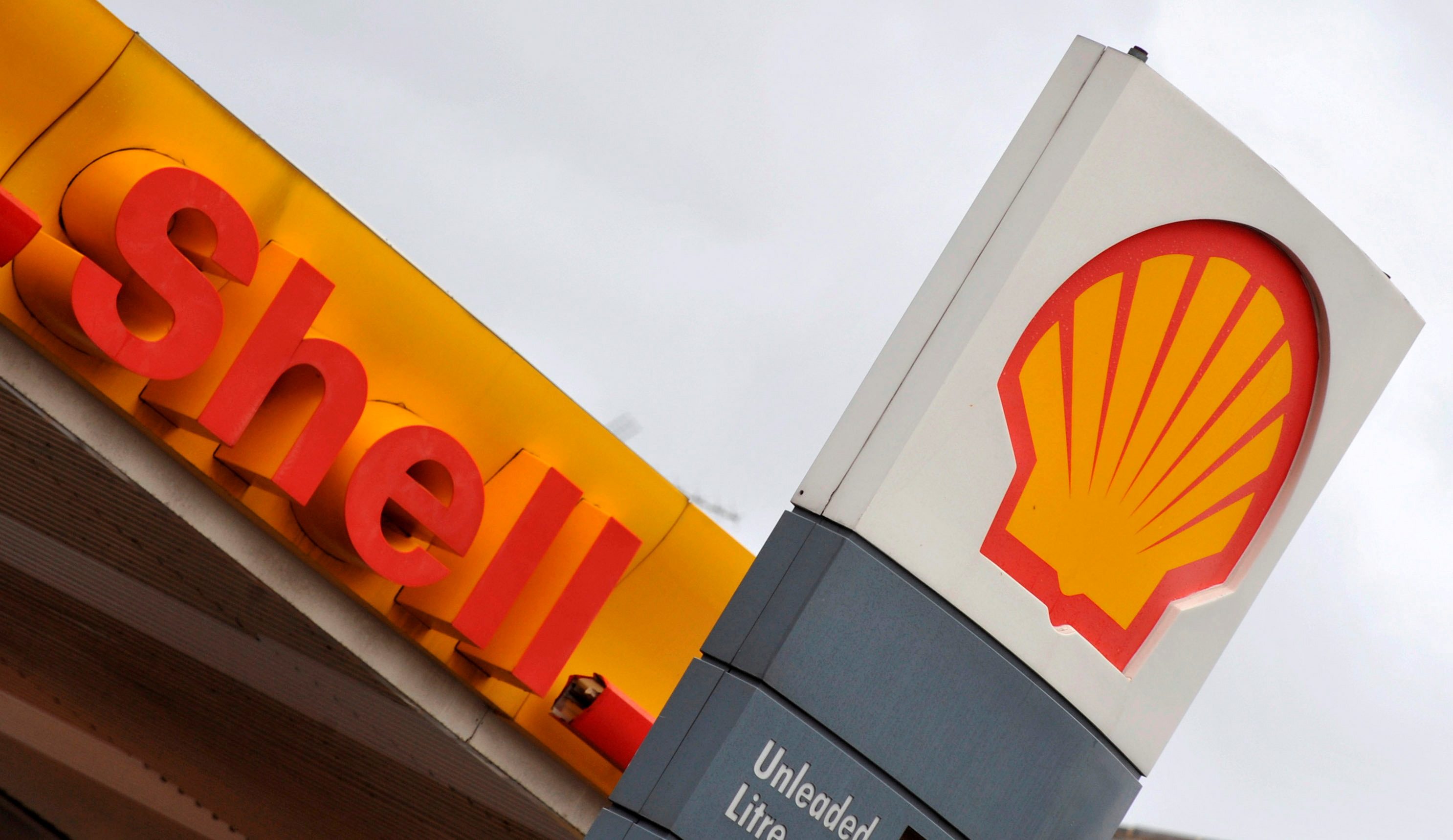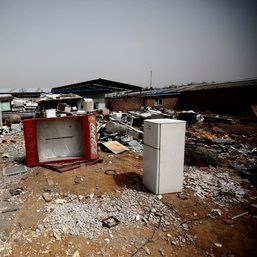SUMMARY
This is AI generated summarization, which may have errors. For context, always refer to the full article.

A Dutch court on Wednesday, May 26, ordered Royal Dutch Shell to significantly deepen planned greenhouse gas emission cuts, in a landmark ruling that could pave the way for legal action against energy companies around the world.
Shell said it was “disappointed” by the ruling which it plans to appeal.
Here are some key points about the ruling:
What was the ruling?
The district court ordered Shell to cut its absolute carbon emissions by 45% by 2030 compared to 2019 levels. Shell currently aims to reduce the carbon intensity of products it sells by 20% over the same period from a 2016 baseline.
Does the ruling affect Shell’s global operations?
Yes. The reduction relates to Shell’s global operations and is not limited to the Netherlands, the court ruling said.
What does it mean for Shell?
The ruling said that “it is up to RDS (Royal Dutch Shell) to design the reduction obligation, taking account of its current obligations and other relevant circumstances.” Shell earlier this year announced a strategy to become a net zero emissions company by 2050, meaning its absolute emissions will also be net zero at that point. It has stated that it believes its emissions peaked in 2018.
Absolute targets vs intensity targets?
The court ordered Shell to reduce absolute emissions by 45%. Shell’s short- and medium-term targets are intensity based. Intensity-based targets measure the amount of greenhouse gas emissions per unit of energy produced. That means that absolute emissions can rise with growing production, even if the headline intensity metric falls. At its annual general meeting this month, Shell chief executive officer Ben van Beurden rejected setting absolute reduction targets, saying: “Reducing absolute emissions at this point in time is predominantly possible by shrinking the business.”
How big are Shell’s greenhouse gas emissions?
Shell, the world’s largest oil and gas trader, produced 1.38 billion tons of CO2 in 2020, roughly 4.5% of global energy-related emissions that year, based on International Energy Agency figures. Shell’s 2020 emissions were down from 1.65 billion tons the previous year, largely as a result of a fall in oil and gas demand due to the coronavirus pandemic. – Rappler.com
Add a comment
How does this make you feel?
![[OPINION] Fossil fuel debts are illegitimate and must be canceled](https://www.rappler.com/tachyon/2024/04/IMHO-fossil-fuel-debt-cancelled-April-16-2024.jpg?resize=257%2C257&crop_strategy=attention)
![[WATCH] John Kerry: You can’t solve climate crisis without addressing ocean’s challenges](https://www.rappler.com/tachyon/2023/12/cop28-united-states-john-kerry-december-2-2023-reuters-001.jpg?resize=257%2C257&crop_strategy=attention)








There are no comments yet. Add your comment to start the conversation.